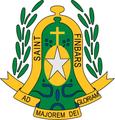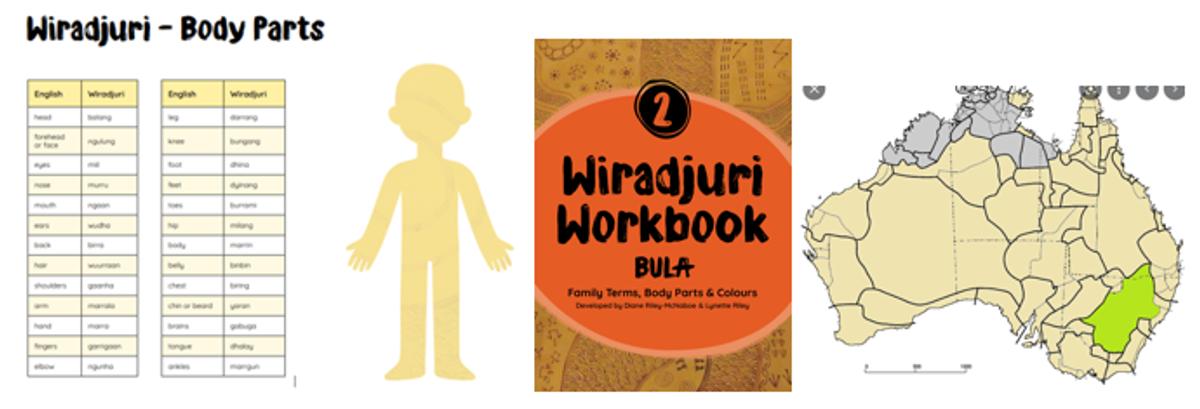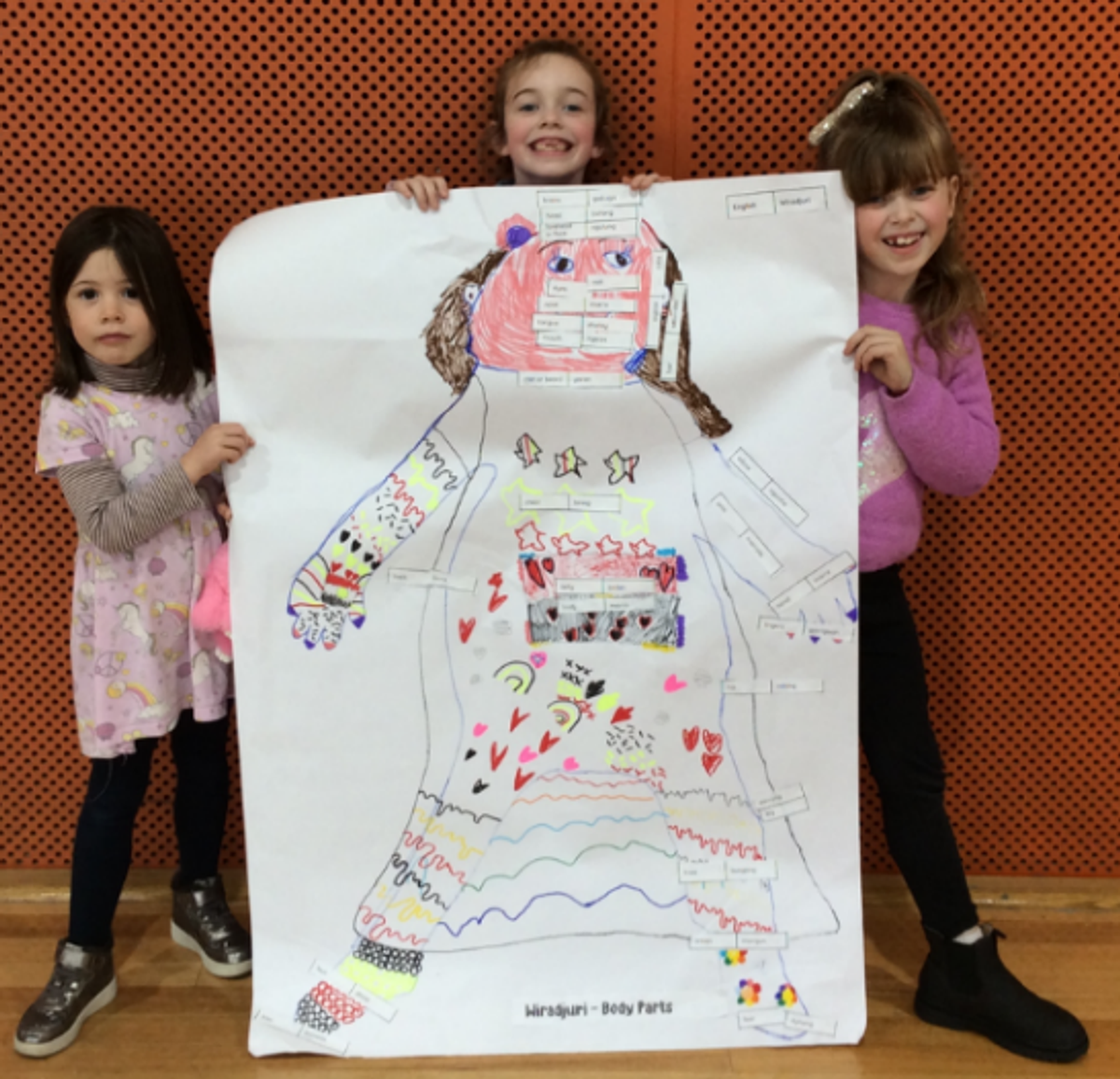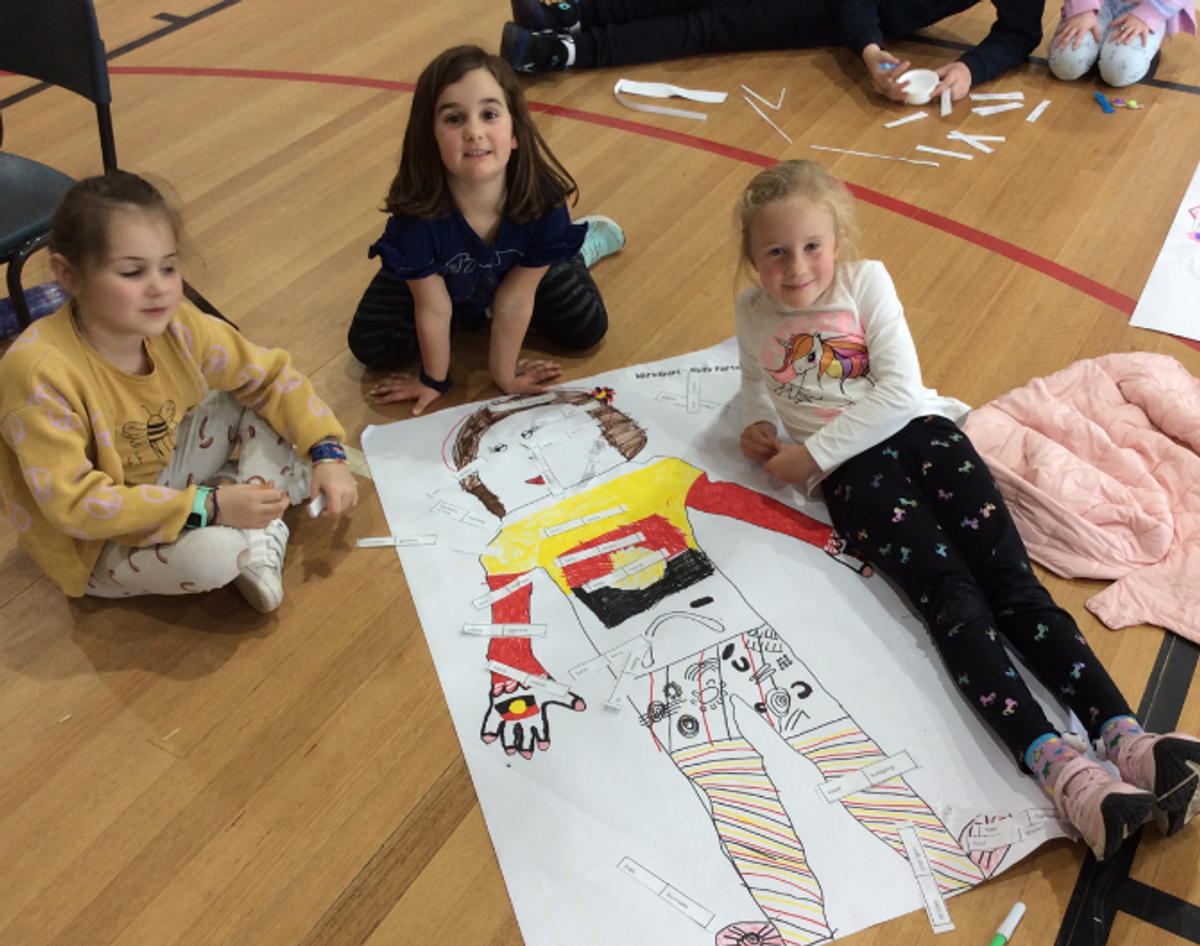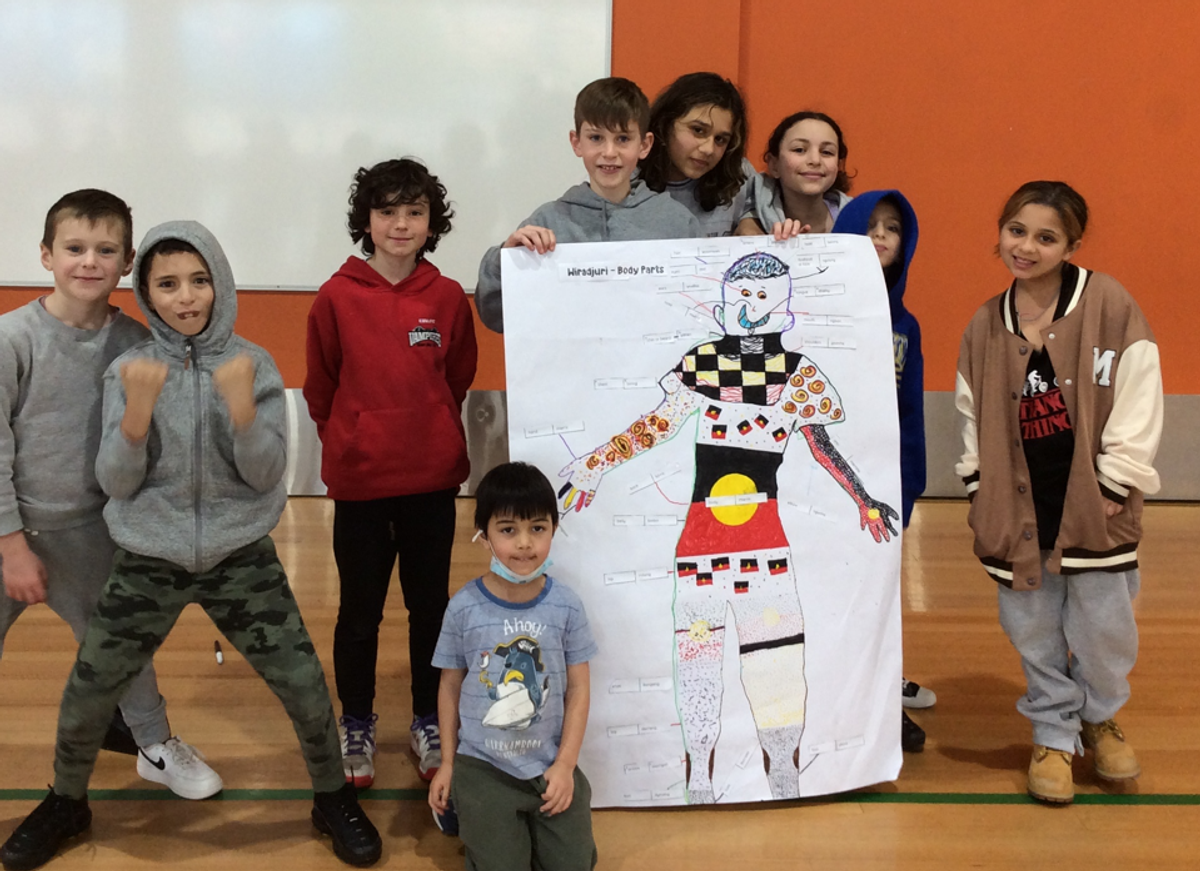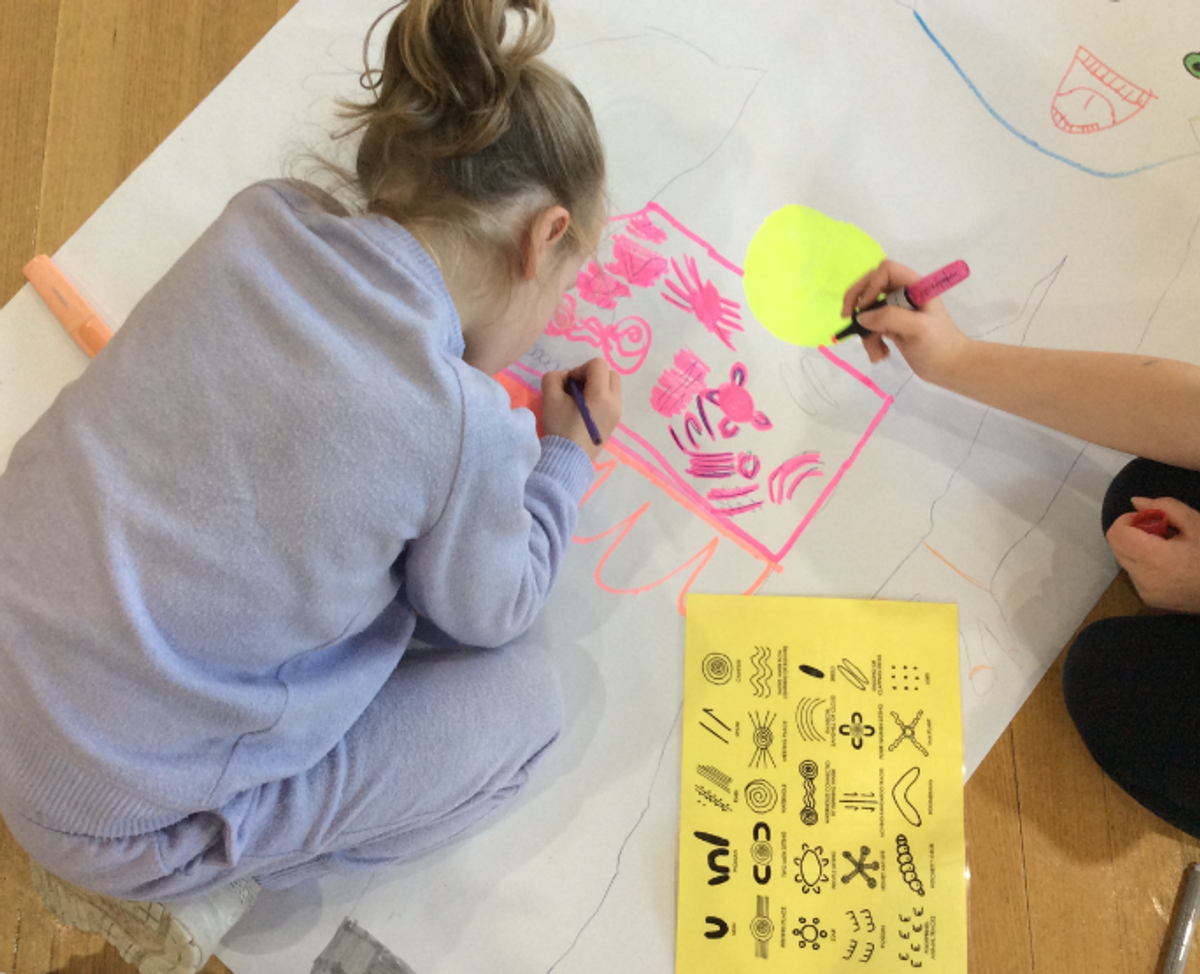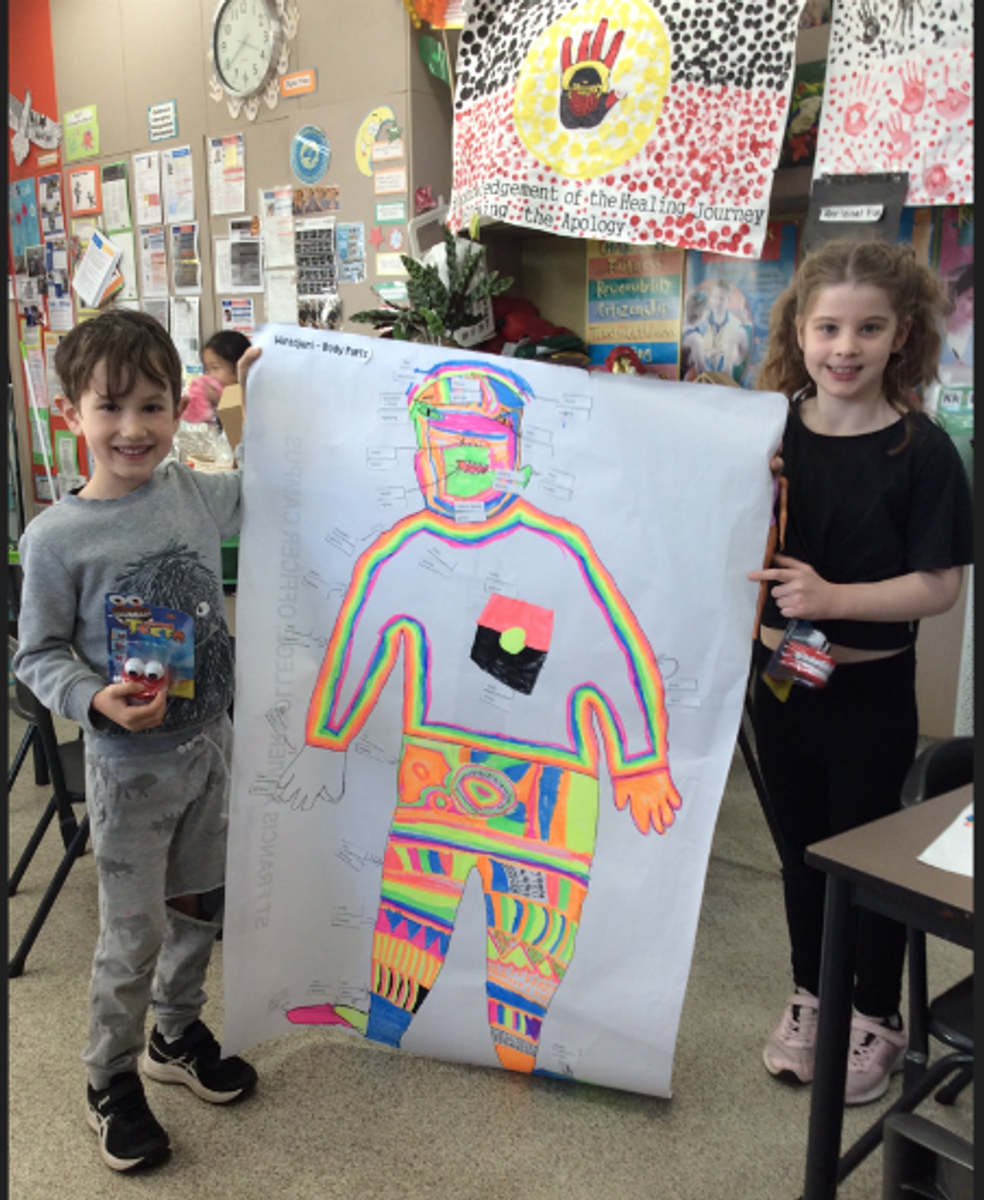Outside School Hours Care

NIADOC WEEK 2022
Culture is central to a child’s individuality, identity and sense of belonging and success in lifelong learning. To support the identity of Aboriginal and Torres Strait Islander children and to enhance the knowledge of non-Indigenous children, OSHC pays attention to the cultural identity of the Aboriginal community in which it is situated and beyond. The Education and care Framework ask educators to build upon children’s understandings of diversity, specifically Aboriginal and Torres Strait Islander cultures.
NAIDOC Week celebrates the history, culture and remarkable contributions of Aboriginal and Torres Strait Islander peoples. It's a chance for all Australians to learn more about the oldest, continuous living cultures in the world. When Embedding Indigenous Perspectives in OSHC there are two important considerations to keep in mind. This is avoiding stereotypes and ensuring that content is truly embedded rather than singled out as special, different or tokenistic.
Activities in OSHC include, but not limited to:
- Regularly playing music by indigenous artists for musical games such as musical statues and for relaxation.
- Displaying a range of Victorian Aboriginal books and linking the authors, illustrators and stories to places on the map. Reading these stories to children in front of the map and discussing the areas identified.
- Promoting indigenous Languages as part of cultural identity. OSHC holds yarning circles where indigenous words, cultures and concepts are introduced to children from different communities around Australia. This teaches children about the diversity of language and culture among the Aboriginal and Torres Strait Islander people, from Yugambeh Country in south-east Queensland and north-east NSW to Noongar Country in south-west WA. During this holiday program, OSHC children engaged with Aboriginal culture, and were introduced to the East Coast Aboriginal language of Wiradjuri. The Wiradjuri people are a group of Aboriginal Australian people from central New South Wales. The activity focused on celebrating prep children, and life size posters were made of them using a “buddy group”. The posters promoted a sense of belonging and teamwork, and developed both English and Wiradjuri language that identified different body parts.
- Promote indigenous visual art through mindful colouring: This year OSHC watched Ryhia Dank on YouTube, a young Gudanji/Wakaja artist from the Northern Territory who was the winner of the prestigious National NAIDOC poster competition for 2022 with her entry, Stronger. Additionally, children modernised Nathan Patterson illustrations which are a mixture of traditional and contemporary designs with a focus on Australian wildlife and landscape.
- Block Play - with small Australian animals, deserts and billabongs, linking with storytelling and music and movement
Ultimately, NAIDOC week is a time for the OSHC service to reflect upon our journey in developing our cultural competence and building on the Aboriginal and Torres Strait Islander perspectives in the program.
|
|
